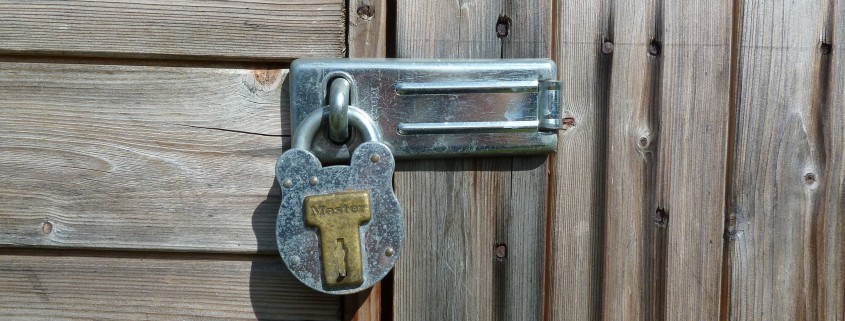Dublin Locksmith 24hr: How different locks work
Ace Locksmiths | Dublin Locksmith 24hr | Locksmith Dublin 24hr
Dublin Locksmith 24hr: How different locks work.
1 Pin & Tumbler Locking Mechanism

The pin-and-tumbler locking mechanism is the traditional and simplest locking mechanism. It is composed of a series of spring-loaded pins, that are inserted into a series of small cylinders. Each cylinder contains a bottom part, called a pin, and a top part, called a driver. As the key is inserted, the springs become compressed as the key lifts the pin, pushing the driver into the upper chambers of the cylinder.
When the matching key is placed in the lock; both the top drivers and bottom pins will align in the shear line. The shear line is the space between these pins, around a track similar to a ward.
When all of the pins and drivers are aligned, the shear line becomes clear and the the key will turn. When the key is removed from the lock, all pins should return to and rest in the chamber. The bottom pins rest in the key chamber and the drivers rest on top of the bottom pins as the pressure of the spring relaxes. An incorrect key will misalign one or more of the spring-loaded locking cylinders. This blocks the key from turning by keeping one or more of the pins or drivers in the way, blocking the shear line.
2 Tubular Locks

The tubular lock is the most common type of locking mechanism. Most interior doors are designed to accommodate the installation of tubular locks. They are most commonly used for bathrooms, bedrooms and other interior doors. Tubular locks are equipped either with a key tumbler lock on the outside knob of the door or with a push button or turn button on the inside knob.




So now you know how the 6 most common types of lock mechanisms operate. If you ever find yourself in need of a locksmith you can contact us here.
24hr Locksmith Ireland| Ace Locksmiths | Dublin Locksmith 24hr

